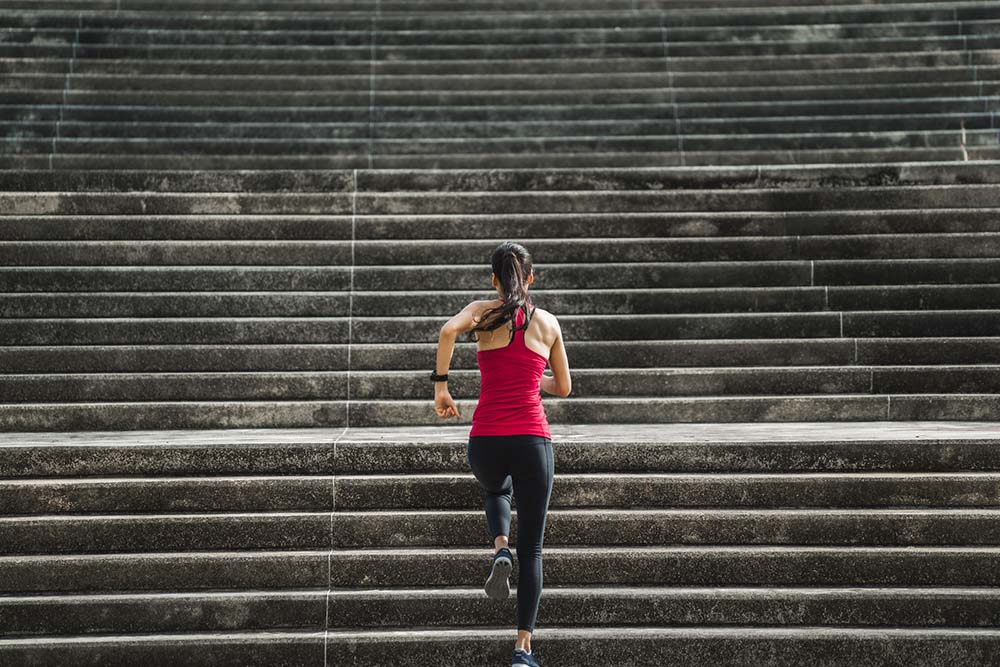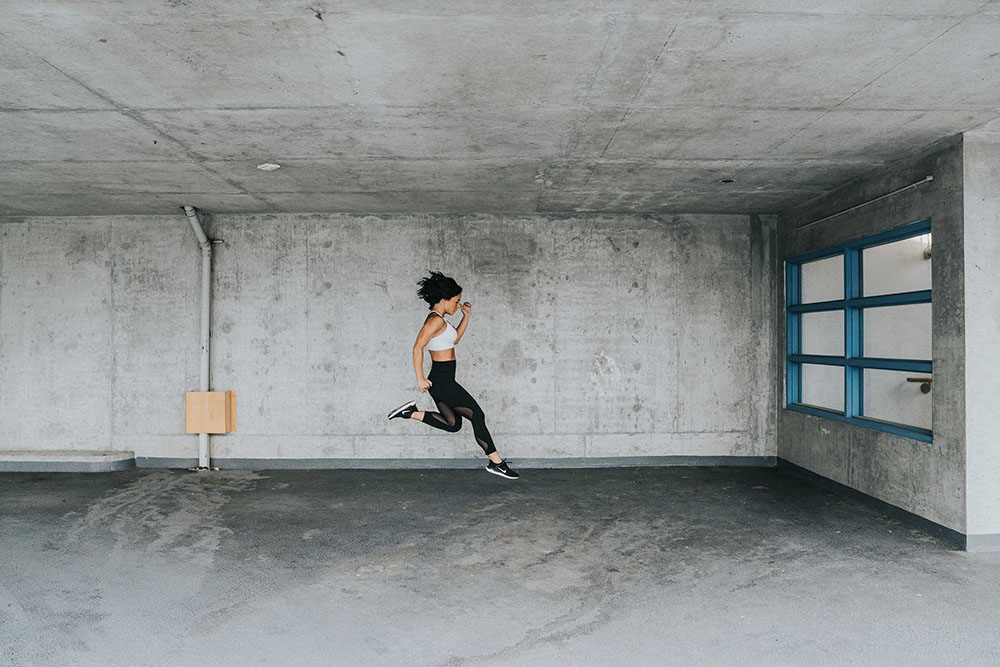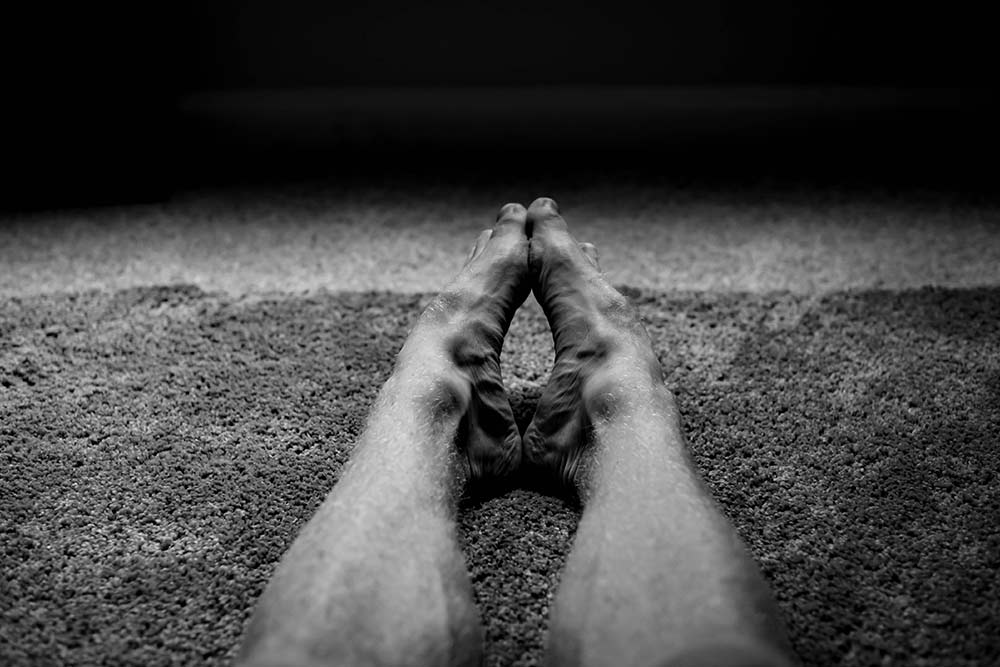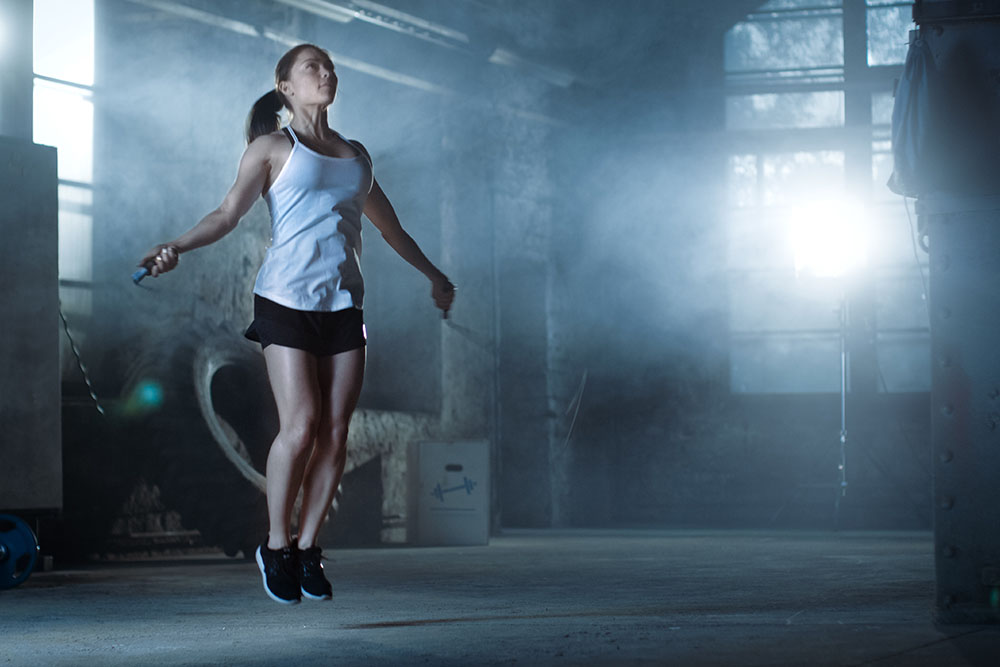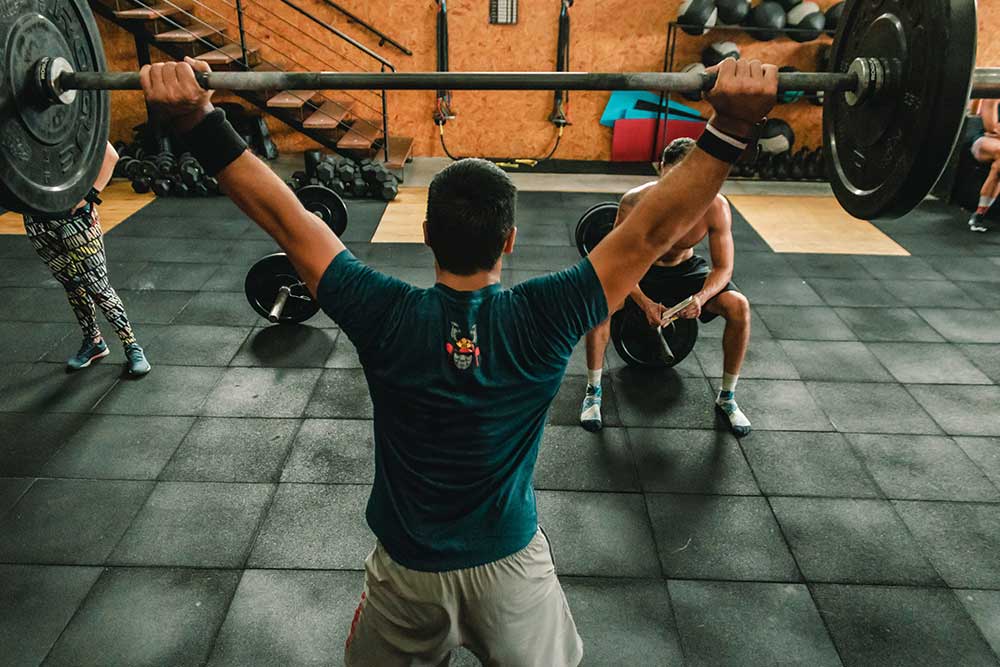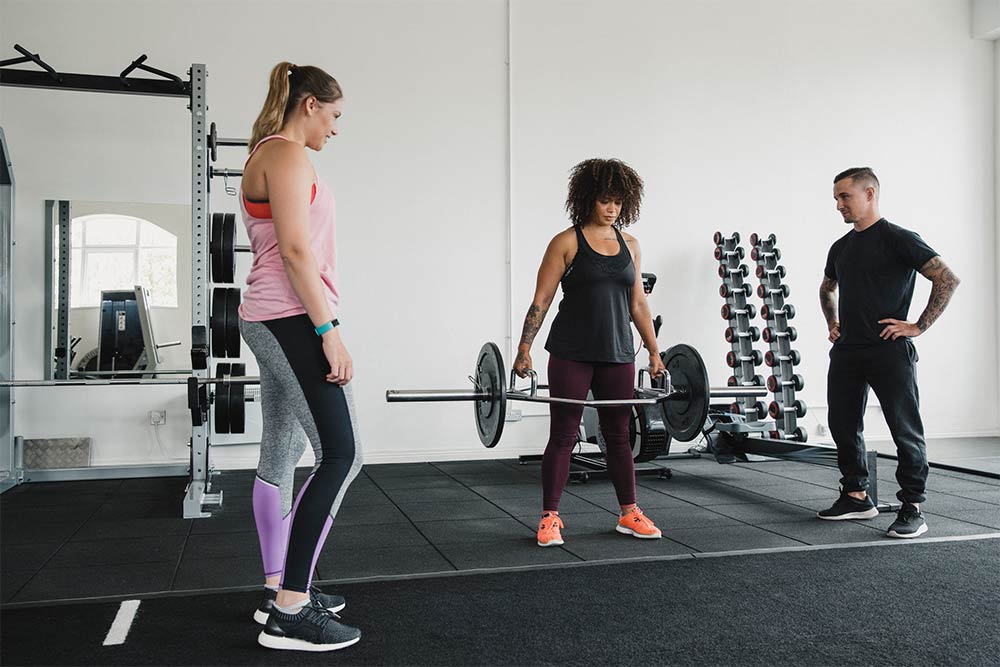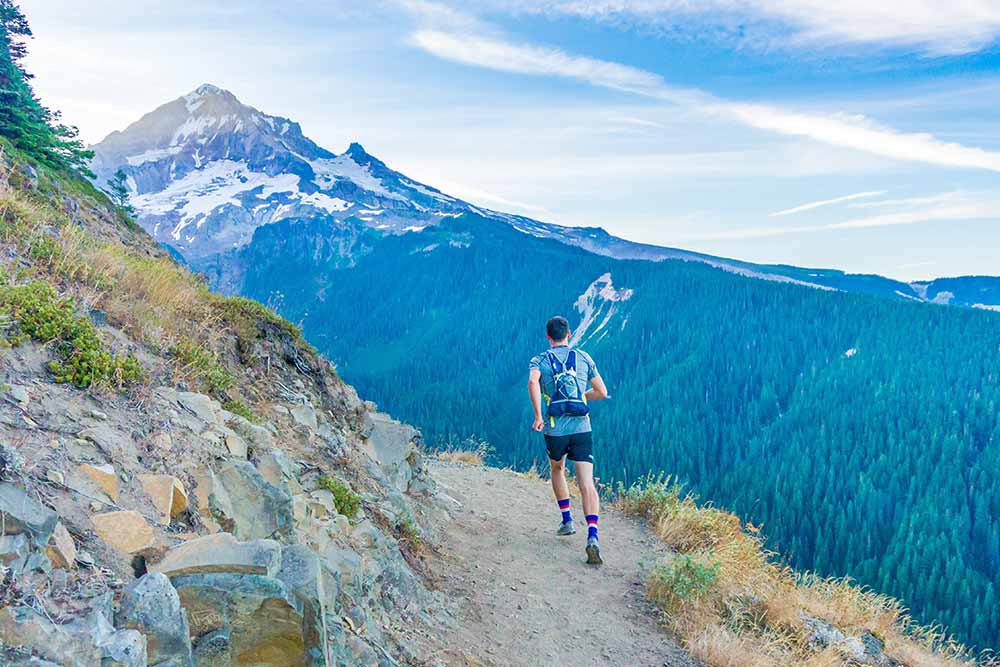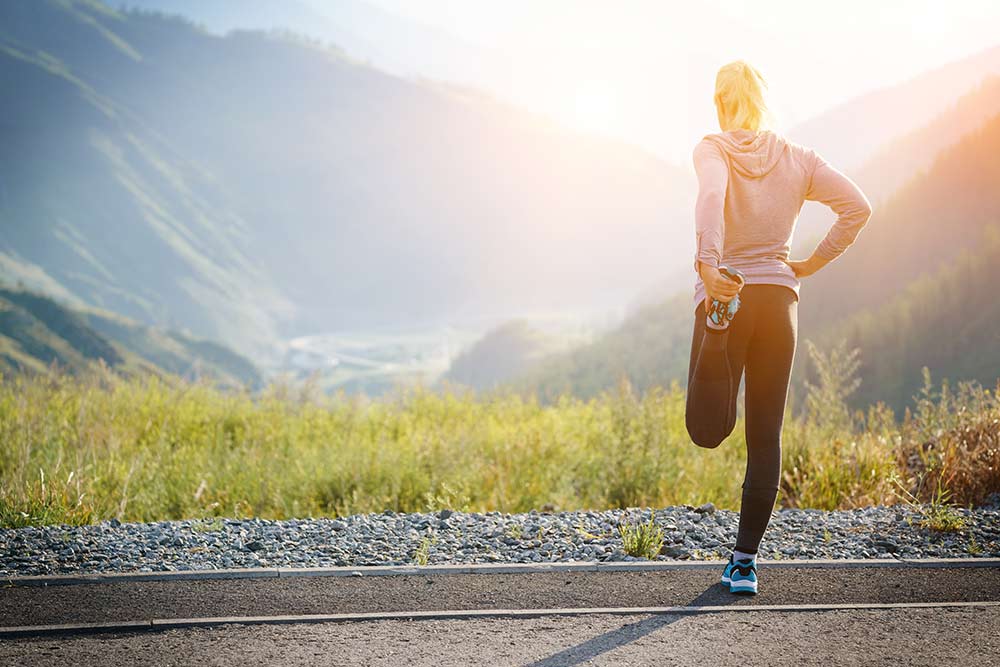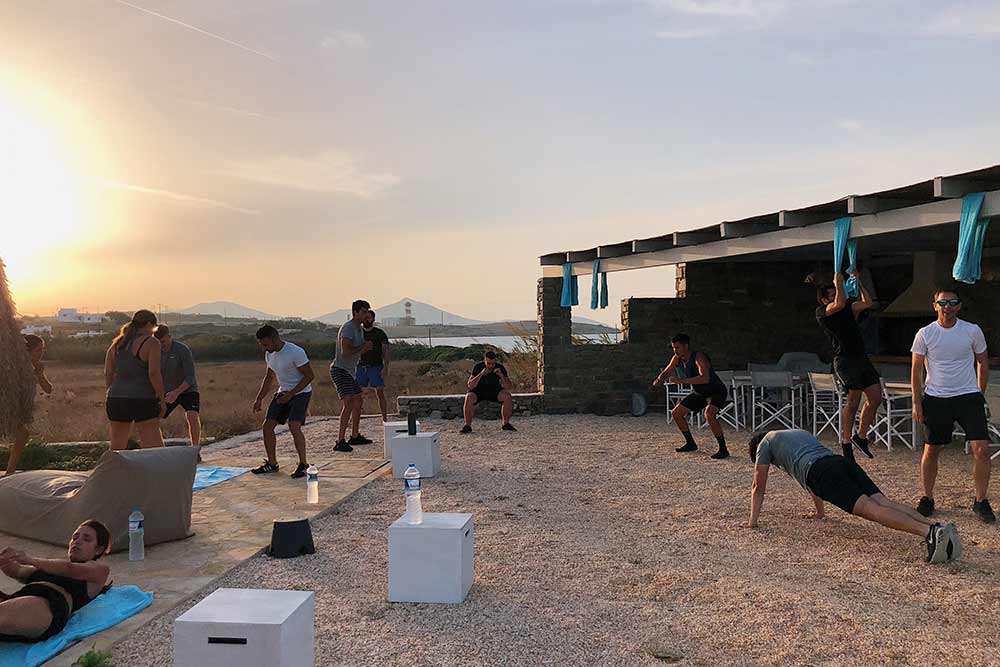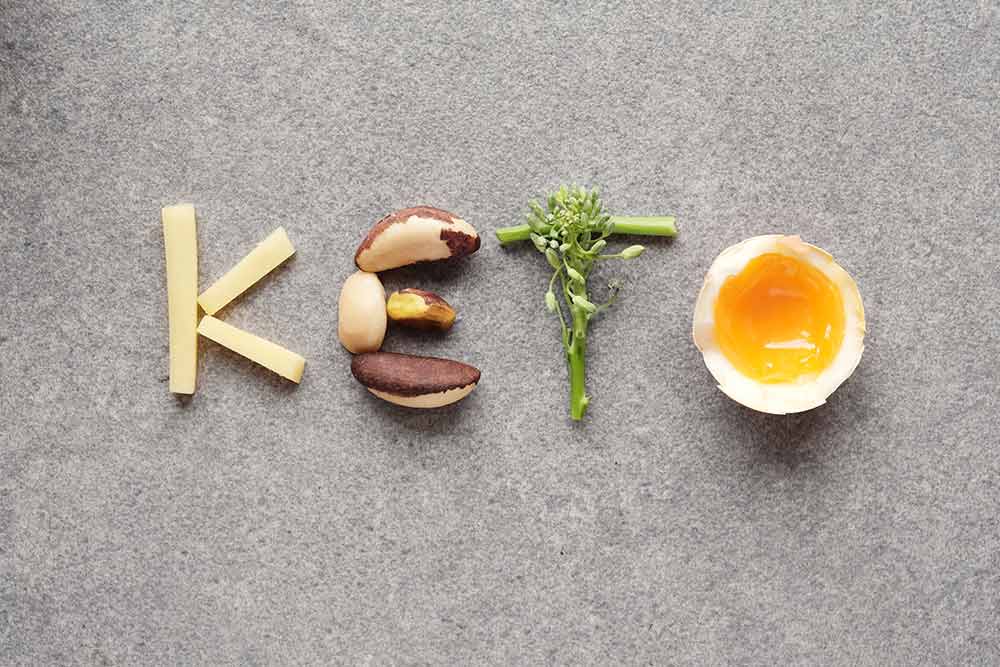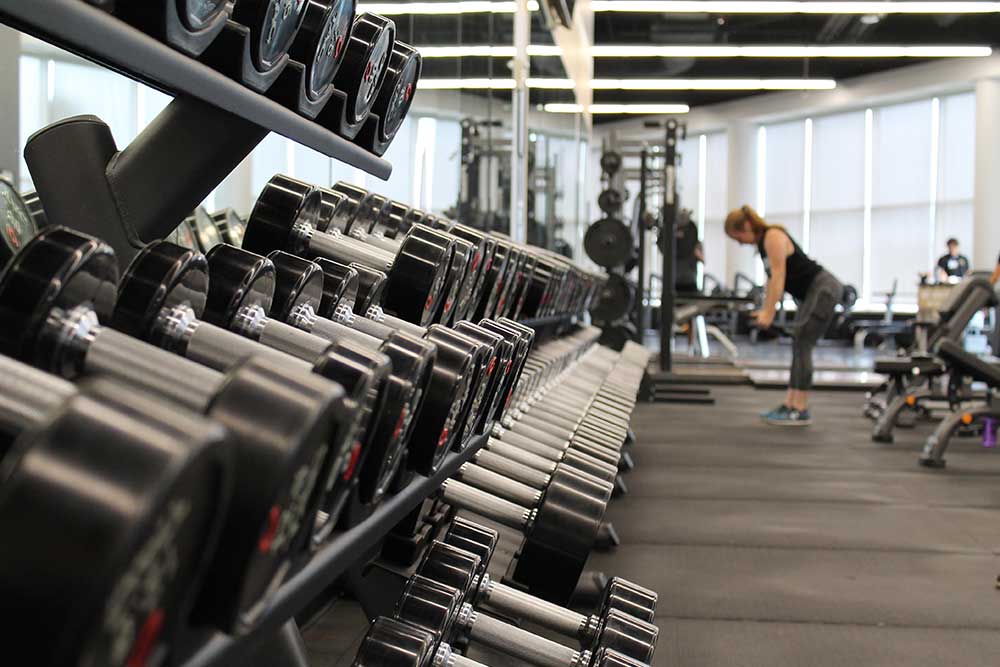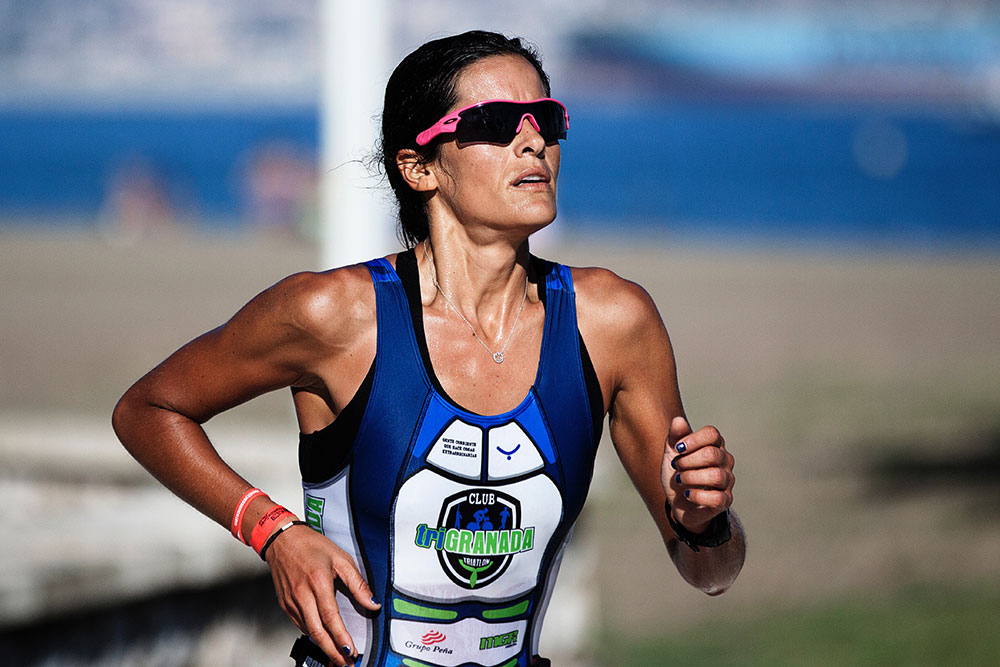Breaking Records and Barriers: Robert Marchand
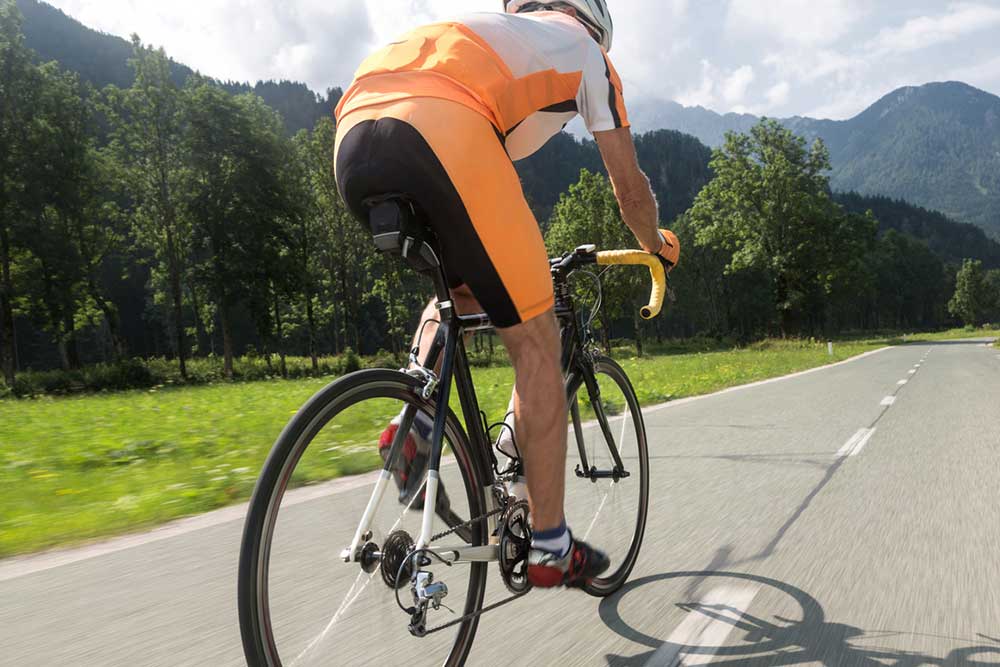
Sara Thompson – M.Sc. in Exercise Science
Earlier this year, Robert Marchand made history by setting a new world record for 1-hour track cycling in the 105 and over category. During this prestigious Union Cyclist International (UCI) race, athletes compete against the clock to cover the greatest distance in one hour of cycling. On January 4 2017, cheered on by his home crowd in France, Marchand completed 22.6 kilometers in one hour, making him the fastest 105-year-old cyclist in history.
In recent years, there has been an increase in participation of Masters athletes (Akkari et al., 2015), including a significant outbreak of nonagenarian and centenarian athletes. Last year, I interviewed Charles Eugster, the 96-year-old track superstar who holds multiple world records in both sprinting and rowing. Just last month, a 99-year-old sprinter beat out his younger 92-year-old competitor in the 60-meter dash at the Masters Indoor Track Championship. These athletes are not only making history, but they’re also breaking the assumed physiological barriers associated with aging.
Related Article: 95 Year Old Track Star: Charles Euster
“Peak Performance”
Traditionally, athletes hit “peak performance” in their mid 20’s to mid 30’s, depending on the sport. After this peak, performance declines gradually with age.
This is thought to be due to a number of factors including a decrease in aerobic capacity (aerobic fitness), decrease in lactate threshold (ability to sustain high intensity), and exercise economy (efficiency). Aerobic fitness (VO2max) in particular decreases with age, mostly due to the decrease in maximal heart rate that accompanies aging (Lepers & Stapley, 2016).
However, the question remains if this decline in fitness is due to physiological limitations, or if it’s partly due to social and behavioural factors that could limit training, such as lack of training partners, lack of motivation, and fear.
With more and more Masters athletes training well into their 9th and 10th decade, this raises the question if it is possible for individuals to improve their fitness and athletic performance this late in life.
Testing The Limits
Therefore, Billat and colleagues aimed to test the limits of exercise physiology in aging. In a recent case study, these researchers measured Robert Marchand’s aerobic fitness before and after two years of training (Billat et al., 2017). Both testing sessions were done a few weeks prior to a 1-hour cycling race in 2012 and 2014, respectively.
In 2012, Marchand set the world record for the over 100 age group, cycling 24.25 km in one hour. Two weeks before this record was set, Marchand came into the lab and performed a maximal incremental cycling test. A maximal cycling test such as the one Marchand performed is a standard test used to measure maximal aerobic capacity, or aerobic fitness. In addition to aerobic capacity (VO2max), this test also measures power and speed, and cardiorespiratory parameters such as heart rate and respiratory frequency.
Training Regime
Following his 2012 world record, Marchand underwent a specific training regime to prepare for another world record attempt in 2014. For two years, Marchand trained approximately 5000 km per year. He focused on polarized training, in which the majority of training is at a fairly easy workload, with a small percentage being at a very high effort.
The Test
Two weeks before his race in 2014, Marchand returned to the lab to complete the same maximal cycling test he performed two years earlier. At the age of 103, Marchand improved his results significantly from his previous test. He had an 11% increase in VO2max, an improvement that would be impressive for an individual a quarter of his age. Additionally, Marchand had a 30% increase in his peak pedaling power, a 39% increase in his pedaling frequency, and a 23% increase in his maximal ventilation. These improvements in his fitness were demonstrated on the track when he beat his old world record, completing 26.9 km in one hour.
The Outstanding Results
Marchand’s aerobic fitness, which was already high, improved by 11% in two years. To put it in perspective, his VO2max would be considered “good” for men 50-59 years of age and “very good” for 60-69-year-old men, according to the Canadian Society for Exercise Physiology. Marchand’s 11% increase in distance covered during the 1-hour race parallels the 11% improvement in aerobic fitness, suggesting that improved aerobic fitness was the main cause for the improved performance. The authors explain that Marchand’s fitness likely improved due to his training regime, as he focused on polarized training and a high pedaling cadence.
Additionally, aerobic fitness is thought to decrease with age partially due to a decrease in lean body mass (Billat et al., 2017). Marchand was able to maintain his lean body mass over the course of two years, undoubtedly from his training regime.
Takeaway
The authors are the first to demonstrate that aerobic fitness can be improved in a centenarian. Marchand has shown that not only do you not need to slow down when you hit 100, but you can still improve! Marchand has paved the way for more centenarians to do the same.
References:
Akkari, A., Machin D., Tanaka, H. (2015). Greater progression of athletic performance in older Masters athletes. Age and Ageing, 44(4), 683-686.
Lepers, R. & Stapley, P. J. (2016). Master Athletes Are Extending the Limits of Human Endurance. Frontiers in Physiology, 7, 613.
Billat, V., Dhonneur, G., Mille-Hamard, L., Le Moyec, L., Momken, I., et al. (2017). Case Studies in Physiology: Maximal oxygen consumption and performance in a centenarian cyclist. Journal of Applied Physiology, 122, 430–434.
You Might Like:

